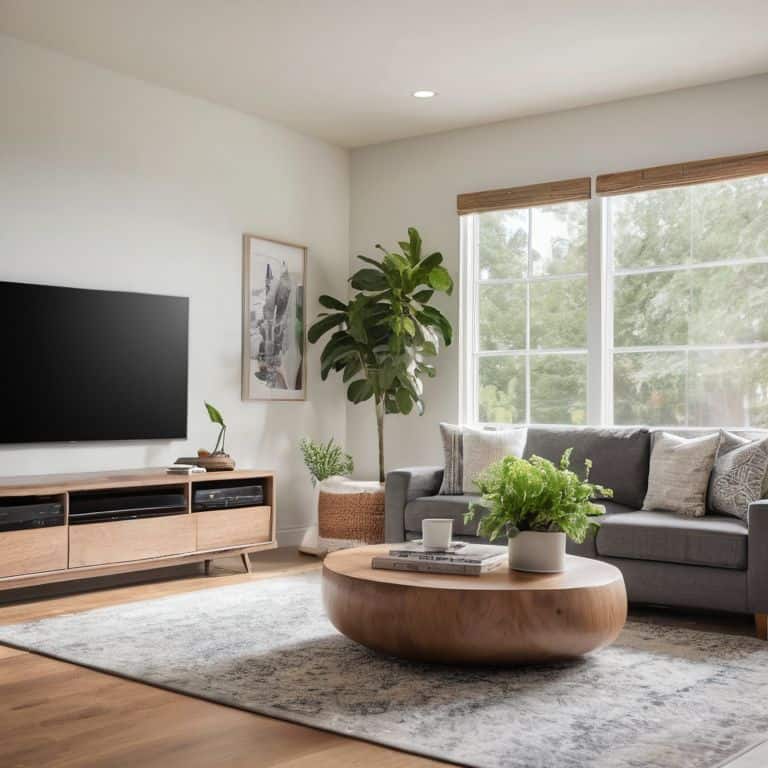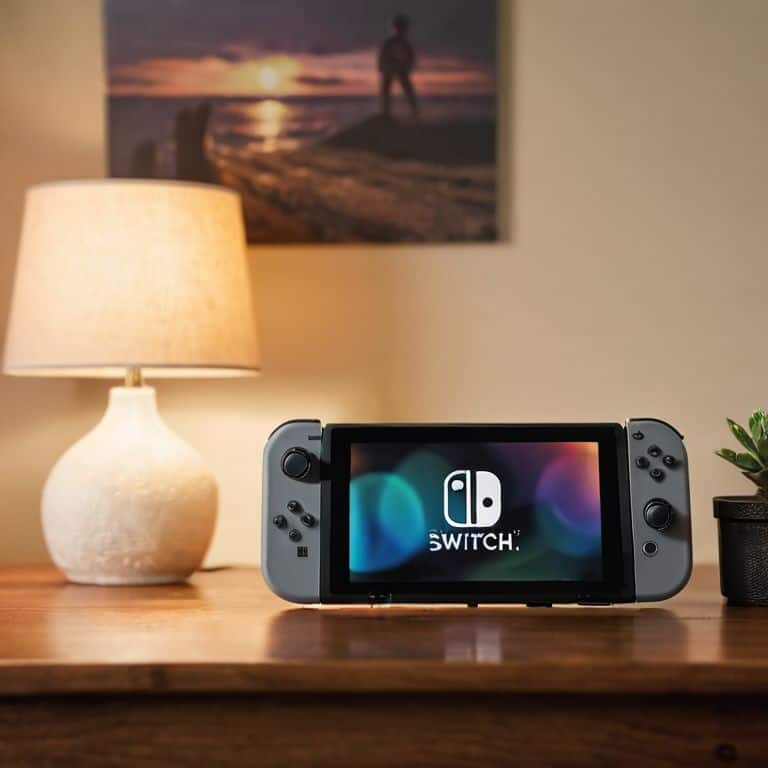I still remember the first time I tried to set up a smart home – it was like trying to assemble a puzzle without the instructions. I had heard all the horror stories about complicated setups and expensive gadgets, but I was determined to make my home a haven of convenience and efficiency. As it turns out, the process was much simpler than I anticipated, and I’ve since helped numerous friends and family members achieve the same. The key to success lies in taking it one step at a time, and that’s exactly what I’ll guide you through in this article on how to set up a smart home.
In this guide, I promise to cut through the jargon and provide you with practical advice on how to get started. You won’t find any technical overload here, just straightforward, easy-to-follow instructions to help you achieve your smart home goals. Whether you’re looking to automate your lighting, secure your home, or simply make your life easier, I’ve got you covered. By the end of this article, you’ll be well on your way to creating a smart home that’s tailored to your needs and budget, and you’ll be able to say goodbye to the frustration and confusion that often comes with setting up a smart home.
Table of Contents
- Guide Overview: What You'll Need
- Step-by-Step Instructions
- How to Set Up a Smart Home
- 5 Essential Tips to Get You Started with Your Smart Home
- Key Takeaways for a Seamless Smart Home Setup
- Setting Up Your Smart Home with Confidence
- Bringing It All Together: Your Smart Home Journey
- Frequently Asked Questions
Guide Overview: What You'll Need
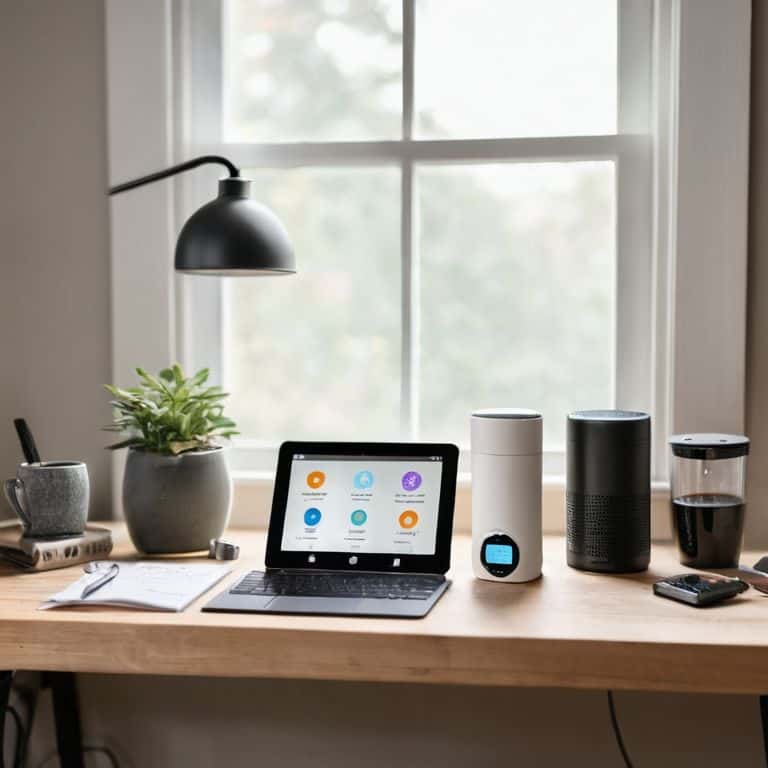
Total Time: 4 hours 30 minutes
Estimated Cost: $200 – $500
Difficulty Level: Intermediate
Tools Required
- Smartphone (with internet connection)
- Laptop (for configuration and setup)
- Router (with available ports)
- Ethernet cable (for wired connections)
- Power strip (for multiple device connections)
- Drill (with screwdriver bits)
- Level (for mounting devices)
- Tape measure (for measuring distances)
- Pencil (for marking locations)
Supplies & Materials
- Smart home hub
- Smart light bulbs (compatible with hub)
- Smart thermostat (compatible with hub)
- Smart security camera (compatible with hub)
- Smart door lock (compatible with hub)
- Wireless range extender (for expanded coverage)
- 6 inches of 18-gauge wire (for connections)
- 1 inch wood screws (for mounting devices)
Step-by-Step Instructions
- 1. Don’t Panic! Let’s start by understanding what a smart home is. In simple terms, it’s a home where various devices and appliances can be controlled and monitored remotely using a smartphone or voice commands. Think of it like a central nervous system for your home, making your life easier and more convenient.
- 2. First, you’ll need to decide on a hub or a central device that will control all your smart devices. This could be a voice assistant like Amazon Echo or Google Home, or a dedicated smart home hub like Samsung SmartThings. I recommend doing some research to find the one that best fits your needs and budget, and making a checklist of the features you want.
- 3. Next, you’ll need to choose the devices you want to connect to your smart home system. This could include light bulbs, thermostats, security cameras, or even appliances like refrigerators and coffee makers. When selecting devices, make sure they are compatible with your chosen hub and consider the ease of use and setup.
- 4. Now, let’s talk about networking. Your smart home devices will need to be connected to your home network, so make sure your Wi-Fi router is capable of handling the increased traffic. You may also want to consider setting up a guest network for your smart devices to keep them separate from your main network.
- 5. Once you have all your devices, it’s time to start setting them up. Begin by downloading the app for your hub or voice assistant and following the in-app instructions to connect your devices. This is usually a straightforward process, but be patient and take your time to ensure everything is connected correctly. Remember, it’s like tuning a car – you need to make sure all the parts are working together smoothly.
- 6. With your devices connected, you can start exploring the various features and functionalities of your smart home system. This could include setting up routines, scenes, or automations to make your life easier. For example, you could set up a good morning routine that turns on the lights, starts the coffee maker, and adjusts the thermostat all with one voice command.
- 7. Finally, don’t forget to test your smart home system to ensure everything is working as expected. Try out different voice commands, adjust the settings, and make sure all your devices are responding correctly. If you encounter any issues, don’t worry – just take a deep breath and refer to your troubleshooting guide or contact the manufacturer’s support team for help.
How to Set Up a Smart Home
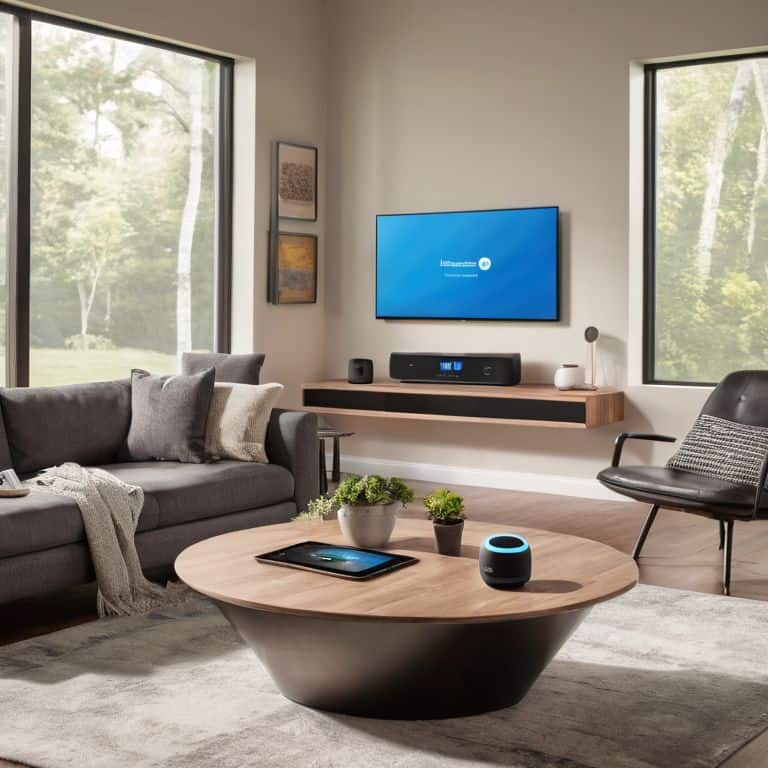
As you’re setting up your smart home, it’s essential to consider smart home automation systems that integrate seamlessly with your existing devices. Think of it like fine-tuning a car’s engine – you want all the parts to work together smoothly. When choosing devices, look for voice assistant compatibility to ensure you can control everything with ease. This will make your life much simpler and allow you to enjoy the benefits of a smart home without the hassle.
When it comes to specific devices, wireless smart plug installation is a great place to start. It’s a simple and beginner-friendly way to make your existing appliances smart. For example, you can plug your coffee maker into a smart plug and control it with your voice or through an app. This is especially useful for devices that don’t have smart capabilities built-in. Additionally, consider investing in smart lighting control systems to create a comfortable and energy-efficient atmosphere in your home.
To take your smart home to the next level, consider investing in smart home security camera setup. This will give you peace of mind and allow you to keep an eye on your home remotely. When selecting devices, opt for beginner-friendly smart home devices that are easy to install and use. Remember, the goal of a smart home is to make your life easier, not more complicated. By choosing the right devices and setting them up correctly, you’ll be able to enjoy the benefits of a smart home without the stress.
Beginner Friendly Smart Home Devices
When it comes to smart home devices, it’s essential to start with beginner-friendly options. Think of it like learning to drive a car – you wouldn’t start with a complex manual transmission, would you? Devices like smart plugs, bulbs, and thermostats are great starting points. They’re easy to install, user-friendly, and can be controlled remotely using a simple app. For example, a smart plug can be used to turn your coffee maker on and off with just the touch of a button on your phone.
These devices are also relatively affordable, making it easy to dip your toes into the world of smart home technology. Plus, many of them work with popular voice assistants like Alexa or Google Assistant, allowing you to control them with voice commands. I recommend starting with one or two devices and gradually adding more as you become more comfortable with the technology.
Smart Home Automation Systems Made Easy
Don’t Panic! Setting up smart home automation systems can seem overwhelming, but trust me, it’s easier than changing your car’s oil. Think of it like this: you’re creating a team of devices that work together seamlessly, making your life more convenient. To get started, you’ll need a central hub that connects all your devices. This can be a smart speaker like Alexa or Google Home, or a dedicated smart home hub. Once you have your hub, you can start adding devices like lights, thermostats, and security cameras.
I like to break it down into simple steps: first, choose your hub; second, select the devices you want to automate; and third, download the corresponding apps to control everything from one place. It’s like tuning your car’s engine for optimal performance – you’re fine-tuning your home for comfort and efficiency. With these basics in place, you’ll be well on your way to enjoying the benefits of a smart home automation system.
5 Essential Tips to Get You Started with Your Smart Home
- Don’t Panic! Start by identifying what you want to achieve with your smart home, whether it’s convenience, energy efficiency, or security
- Choose devices that are compatible with each other and your home’s infrastructure, think of it like making sure all your car’s parts are from the same manufacturer
- Begin with simple devices like smart light bulbs or thermostats, and gradually move on to more complex systems, just like how you’d learn to drive a car before getting on the highway
- Consider investing in a central hub or controller to simplify the management of your smart devices, it’s like having a single remote control for your entire entertainment system
- Remember to regularly update your devices’ software and firmware to ensure you have the latest features and security patches, just like how you’d keep your car’s software up to date for optimal performance
Key Takeaways for a Seamless Smart Home Setup
Don’t Panic! With a little patience and the right guidance, you can transform your space into a smart home that’s both functional and fun
Start small and build up: Begin with beginner-friendly devices and gradually integrate more complex automation systems to avoid feeling overwhelmed
Remember, the goal of a smart home is to make your life easier, so don’t be afraid to experiment, ask for help, and fine-tune your setup until it’s perfectly tailored to your needs and preferences
Setting Up Your Smart Home with Confidence
The key to a seamless smart home setup isn’t about being a tech genius, it’s about taking it one step at a time and remembering that every device, no matter how complex, is just a tool designed to make your life easier.
David Fletcher
Bringing It All Together: Your Smart Home Journey
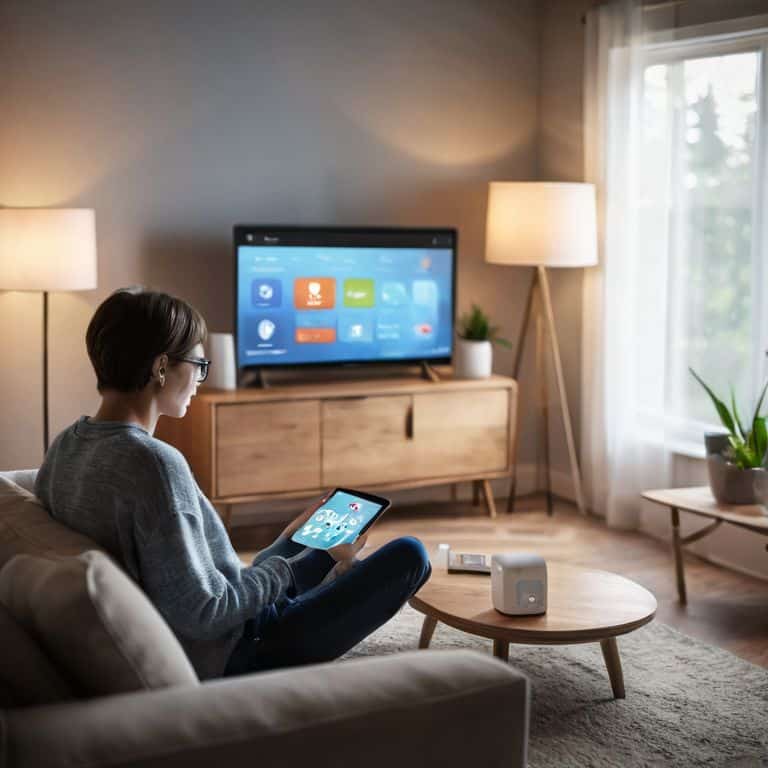
As we’ve walked through the steps to set up your smart home, remember that the key to a successful and seamless integration is to start small and build up. Don’t be afraid to experiment with different devices and systems until you find the combination that works best for you. Beginner-friendly devices like smart plugs and voice assistants are great places to start, and can easily be integrated into more comprehensive smart home automation systems. By following the simple, step-by-step guides and checklists we’ve covered, you’ll be well on your way to creating a smart home that’s tailored to your unique needs and preferences.
As you continue on your smart home journey, keep in mind that the goal is to make your life easier and more enjoyable. Don’t be discouraged if you encounter a few bumps along the way – every great smart home starts with a single step. With patience, persistence, and a willingness to learn, you’ll be able to unlock the full potential of your smart home and start experiencing the convenience, comfort, and peace of mind that comes with it. So go ahead, take the leap, and start enjoying the benefits of your very own smart home today!
Frequently Asked Questions
What are the most essential devices I need to start building a smart home?
Don’t Panic! To start building a smart home, you’ll need a few essential devices. I recommend beginning with a smart speaker like Alexa or Google Home, a smart plug, and a smart bulb. These basics will get you connected and controlling your space in no time. Think of it like getting the keys to your first car – it’s an exciting start to a smart home journey!
How do I ensure my smart home devices are compatible with each other?
Don’t Panic! Ensuring compatibility is easier than changing a car’s oil. Just check the device’s specs, like Wi-Fi frequency or Zigbee protocol, and match them with your smart home hub’s requirements. Think of it like finding the right fuel for your car – the right match makes everything run smoothly.
What are some basic security measures I should take to protect my smart home network?
Don’t Panic! To secure your smart home network, start by changing default passwords, enabling WPA2 encryption, and setting up a guest network to keep devices separate. Think of it like locking your car – you wouldn’t leave it unlocked, so don’t leave your network open to potential threats. I’ll guide you through it, step by step.




